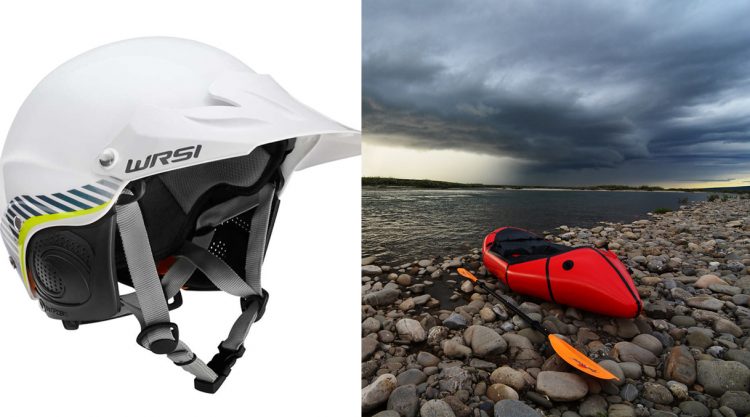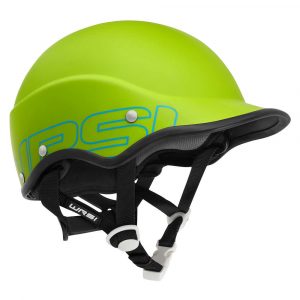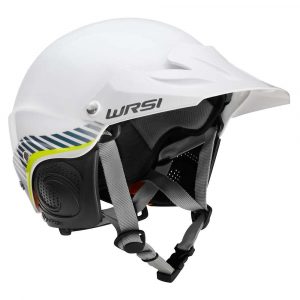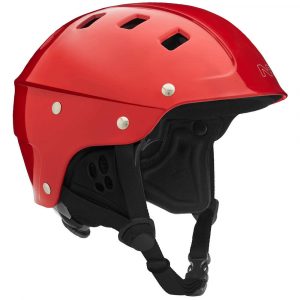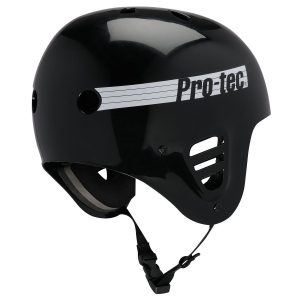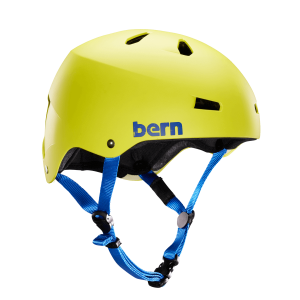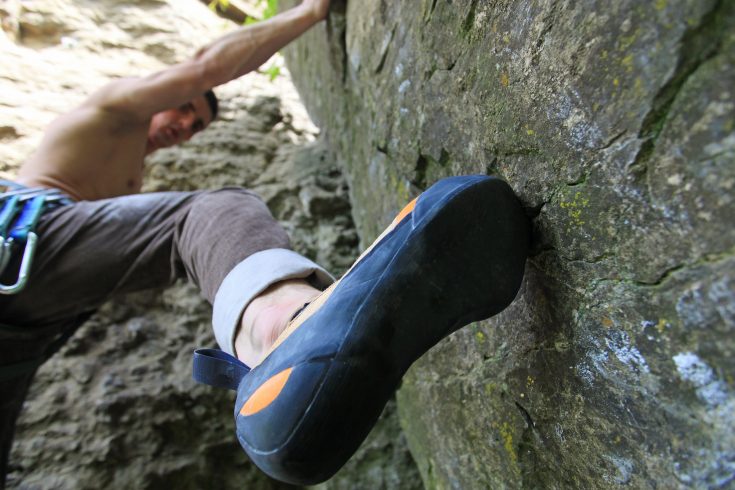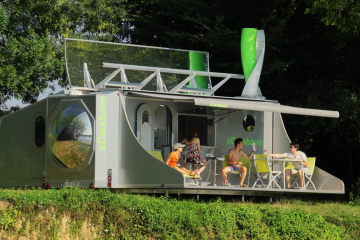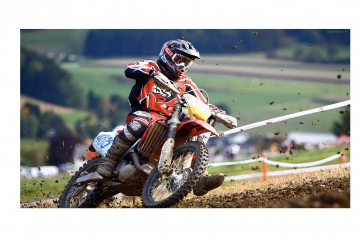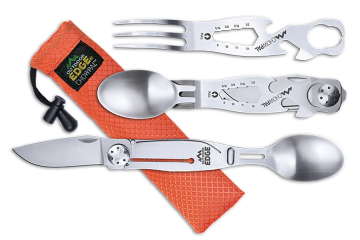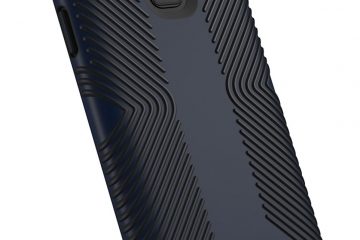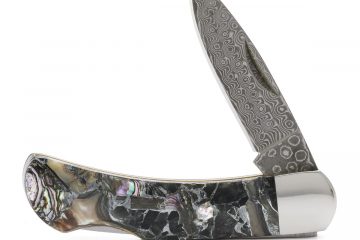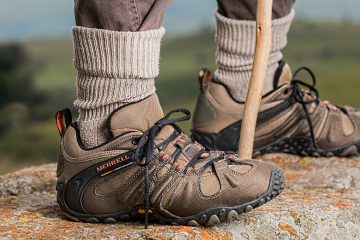Packrafting is getting more popular, and we expect it to really take off in the next couple of years; the number of excellent, high-quality and affordable options for packrafts keeps expanding. But – while packrafting is certainly a fun way to get out into the unexplored backcountry – (and a relaxing way) – it does carry with it some risk of danger and injury – just like all outdoor sports.
One potential place where this could be a problem is with your head. Whitewater rafters typically wear helmets in case of spills and accidents when traversing rapids. Packrafters face the same dilemma, and often have no idea what may lay ahead on a long expedition down an uncharted river (at least, uncharted to them). Heck, some packrafters even go out there in search of that thrill!
It’s unlikely you rolling your packraft and spending time upside down on purpose – as you might ocean kayaking. But there is always some inherent risk when heading out onto the water (as there is with all sports) – and it’s better to take the time and spend a bit of money to be prepared than to just go with the flow and hope for the best.
Let’s take a look at what makes an excellent packrafting helmet and take a look a few top models that fit the criteria.
Contents
- What Makes A Good Packrafting Helmet? What To Look For?
- Fit and Suspension: Snug, Cushy, Comfortable
- Materials + Breathability: Lightweight + Ventilation Can Do You Good
- What About Foam and Lining in Packrafting Helmets?
- Best Packrafting Helmets: Our Picks
- WRSI TRIDENT
- WRSI CURRENT PRO
- NRS CHAOS SIDE CUT HELMET
- PRO TEC FULL CUT WATER HELMET
- BERN MACON H20
What Makes A Good Packrafting Helmet? What To Look For?
First, let’s take a look at what makes a good rafting helmet for whitewater and rapids, as well as a good helmet for kayaking. Most of that carries over to your picking your packrafting helmet.
You will likely notice that the most basic rafting and kayaking helmets look very similar to classic bike or skate helmets from well-known brands – such as Pro-Tec or Triple Eight. And some people do get away with using bike helmets (or climbing helmets). That might be fine for your first test trip, but we don’t recommend it. The impact of your head hitting the ground when you fall off a bike is not the same as from hitting a rock underwater. Bike helmets are designed primarily for hitting the top of your head or your forehead, and do not distribute weight and impact from hits in other directions as effectively. Cycling helmets aren’t kosher, and neither are cheap helmets.
So which can you use? Those clearly designed for multi-sport use, shaped and rated to withstand and absorb impact from a number of different angles – as well as to fit securely during all activities. Multi-sport climbing helmets offer much the same design, fit and protection, but they are expensive – and those rated for climbing are few and far between, especially with the classic Kong Scarab being discontinued in recent years.
For raft-specific helmets, you’ll want to look at full-cut helmets. These helmets don’t just protect the top of your head, but they cover the sides of your head very effectively and stretch down over your ears as well. This will provide the most comprehensive coverage possible – and those designed for water sports will be light, comfortable and easy to dry out quickly.
Fit and Suspension: Snug, Cushy, Comfortable
It should go without saying that proper fit is important to keeping the helmet planted firmly on your head and your head safe. Proper helmet fit is level on your head about two fingers above your eyes, and should be tight enough that the helmet does not slide backwards or forwards when you tilt or shake your head. Straps should fit squarely and snugly, but not overly tight; you don’t want to be choking out when the helmet is buckled.
Materials + Breathability: Lightweight + Ventilation Can Do You Good
The helmet shell will likely NOT be very breathable, but the padding and liners inside can be downright comfortable. Good helmets usually have ventilation around the ears, and often in the top of the shell, to let some cool air in and allow heat and sweat to escape. These slits are carefully engineered so as not to compromise structural integrity or shock absorption.
Basic, cheaper helmets are usually made from ABS plastic, while mid-range helmets might be made from a higher-end composite plastic.
The most expensive and high-end rafting helmets are usually made from carbon fiber, a high-end thermoplastic or composite, or in many cases – a combination of these three materials. Compositing these materials into a high-end composite allows for the perfect combination of stiffness, light weight (from the carbon fiber), elasticity and flex in all the right places, and ample shock absorption. These will comfortable, high-performing helmets that offer serious protection and long-lasting durability.
What About Foam and Lining in Packrafting Helmets?
Classic water helmets (like those from Pro Tec or Bern) traditionally have EPP foam or EVA foam on the inside. Sometimes both. EPP is similar to the EPS foam found in most bike helmets, but is softer, absorbs impact better, and can jump back to it’s original shape faster. EPS, while not as high-end or soft, is good enough for most bike helmets and good enough for most rafting helmets, too.
Enough talk? Keep reading to see our top picks for Packrafting Helmets of 2019.
Best Packrafting Helmets: Our Picks
WRSI TRIDENT
While not a full-cut helmet, the Trident – from the Whitewater Research and Safety Institute – deftly combines the good looks of a motorcycle helmet with the lightweight design of a regular rafting helmet. It uses a carbon-composite outer shell to deflect and distribute impact, while a polyetheurane subshell and EVO foam liners absorb and mitigate any transferred energy from that impact.
It’s fastened securely to your noggin with their Interconnect Retention System, which is designed to hold it there against the forces of any oncoming water. For a bombproof helmet from a trusted company that will keep you safe in all conditions, you could do much worse than picking up the Trident and wearing it on all your trips.
WRSI CURRENT PRO
Another excellent offering from WRSI, the Current Pro is tough stuff. The heavier-duty version of the popular Current helmet, the Pro uses a “multi-impact” composite shell combined with polyeurathane subshell and super-comfy EVA foam liner to absorb and dissipate impacts. It also has the same IRS strap system, which excels at keeping it on your head when tossed upside down in a current.
The Current Pro also offer some fantastic removable ear pads, which provide warmth and protect your delicate ears from the impact of waves (especially the inner ear). (It’s perforated for better hearing). And the sturdy, bolted visor offers an extra layer of protection as well as shade in the sun.
Like the Trident, this is a serious helmet that will keep your head safe and comfortable in all conditions.
NRS CHAOS SIDE CUT HELMET
A cheaper, lighter option than the WRSI, the Chaos is a side-cut helmet; it doesn’t offer as much ear protection as a full cut helmet, nor does it have a visor. It does rock some great ear pads, as well as plenty of ventilation (8 ports) in the ABS shell. Underneath that ABS shell is the same dual-density EVA foam you’ll find on the WRSI helmets. The suspension is their BOA dial-fit retention harness, which is smooth, intuitive and easy to adjust comfortably.
The Chaos is CE EN 1385-rated to standards for whitewater safety, and it promises to be a protective, comfortable and breathable helmet for those on a budget.
PRO TEC FULL CUT WATER HELMET
For a full cut helmet made for watersports, you can’t go wrong with something from Pro Tec – often considered the original sport helmet maker. It has an ABS shell designed for high-impact protection, with a classic EPS foam liner. And the extended ears provide the protection you’re looking for in case of nasty spills. Compression molded foam pads lend some comfort when wearing this thing for long days on the water.
It’s a simple, no-frills helmet – and that’s exactly why so many people like it and have been using it for decades. If you’re on a budget and don’t want to spend the big bucks, but still need a reliable and protective helmet, Pro Tec has you covered.
BERN MACON H20
Another straight-up, simple helmet designed to look stylish – like a skate helmet – while keeping you safe on the water, too. The Macon H20 rocks an ABS shell, with EPP foam and EVA foam providing padding and shock absorption; a terry cloth lining adds soft comfort and moisture absorption for long, sweaty days on the river.
Rated to EN1385 and weighing a mere 448g, this is a lightweight but sturdy that will protect your head whether you’re flipped upside down or thrown from the raft. It even comes with snap-on ear guards for easy, optional ear protection when the going gets rough.
While one of the cheaper packrafting helmets on our list – which makes it excellent for those on a budget – as well as one of the simpler models, it doesn’t skimp on quality or protection.
